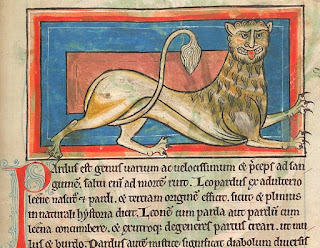Her father's court was focused on education and the arts, and so she probably had a good education growing up. Castile had hoped to unite with the kingdom of Navarre. When Eleanor was 11 her half-brother, King Alfonso X of Castile, hoped she would marry Theobald II of Navarre. Another of Alfonso's desires came into play, however.
Alfonso wanted to claim Gascony, which was at the time possessed by England. Henry III of England objected to this and brought in the military. They settled the issue by a marriage of Henry's son Edward, technically Duke of Gascony, to Alfonso's half-sister Eleanor. Edward and Eleanor were married on 1 November 1254 at the monastery of Las Huelgas.
Eleanor was barely 13, and in their first year of marriage, spent in Gascony, it is believed she gave birth to a daughter who did not survive long. In 1255, Eleanor traveled to England with an entourage including some relatives. Edward followed later.
Eleanor became part of the political story during the Second Barons' War. She supported her husband, calling for archers from Ponthieu. The leader of the barons, Simon de Montfort, confined her to Westminster Palace. After Edward and Henry defeated the Barons, Eleanor seems to have taken a more prominent role in government. She also started bearing children. Husband and wife were never far apart, even on military campaigns. Their son Edward was born in Caernarfon Castle because Edward was on a military campaign to Wales.
Because household records kept track of expenses, we know of one of the couple's cute traditions. Edward obviously abstained from sexual relations with his wife during Lent. On Easter Sunday, he allowed the queen's ladies-in-waiting to trap him in his bed; he would have to pay them a ransom to get out and visit his wife's bedroom on Easter morning. (On the first Easter after Eleanor's death, Edward paid her ladies the money anyway.)
Another economic facet of Eleanor is how she benefitted from persecution of England's Jews, and we'll look at that tomorrow.







